10 Spices Every New Cook Needs
Whether you’re a new cook or someone who just doesn’t cook much, and if you’re wondering what basic spices and seasonings you should stock in your kitchen, then keep reading.

I remember years ago when I moved out of my parents’ house and into my first apartment. I was lucky that my mom taught me how to cook because that gave me a pretty good idea of the spices I would need to stock up on.
A couple of times in recent years, I’ve spoken to young adults who were out on their own for the first time. Not only did they have zero clue how to find their way around a kitchen, but they didn’t even know where to start when shopping for things to stock in their empty apartment cupboards.
There’s a couple ways to go about this. You can buy a spice rack that’s pre-filled and that would probably cover the basics. But if you want to store your spices away somewhere a spice rack won’t fit, or you don’t want the expense of a spice rack and all the spices at once, then keep reading. I’ll show you some of the basic spices and seasonings I use every day.
*Note: As an Amazon Associate, I earn from qualifying purchases.
Since my kitchen cabinet shelves aren’t very tall, I use these to store my spices. I can rotate them to find just what I need.
Cumin
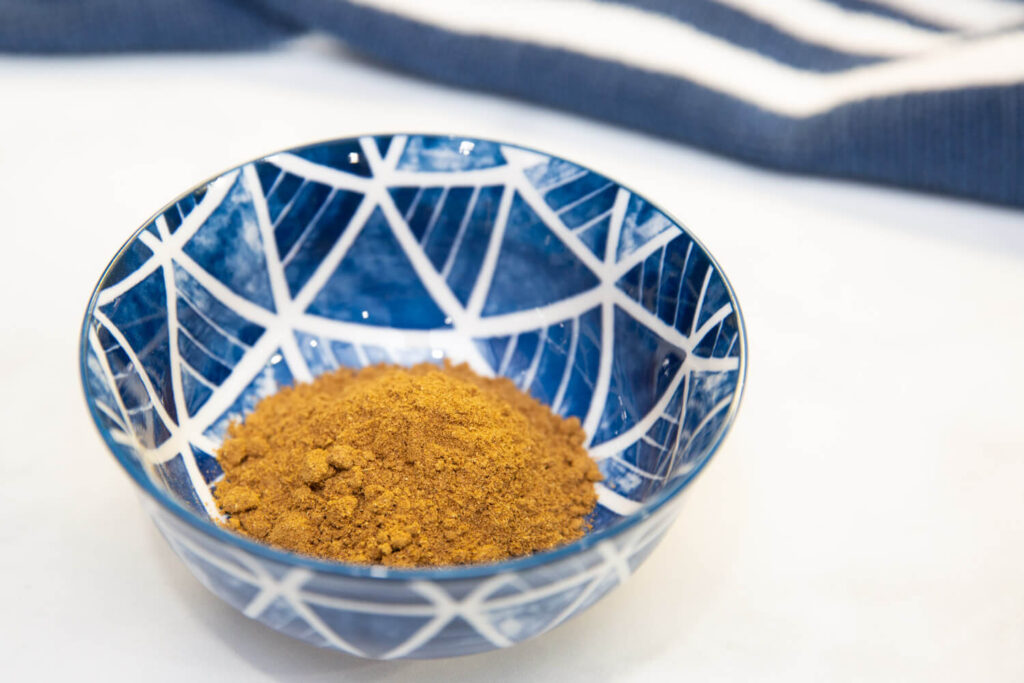
Cumin is a spice used around the world, but predominantly in Middle Eastern and Latin American dishes. It’s one of the main spices used to flavor chili, taco meat, some curries, and even soups.
What Does Cumin Taste Like?
Cumin tastes quite earthy and a tad bitter. Used in the right amount, it’s a wonderful spice. If you use too much, it quickly overwhelms a dish.
Turmeric
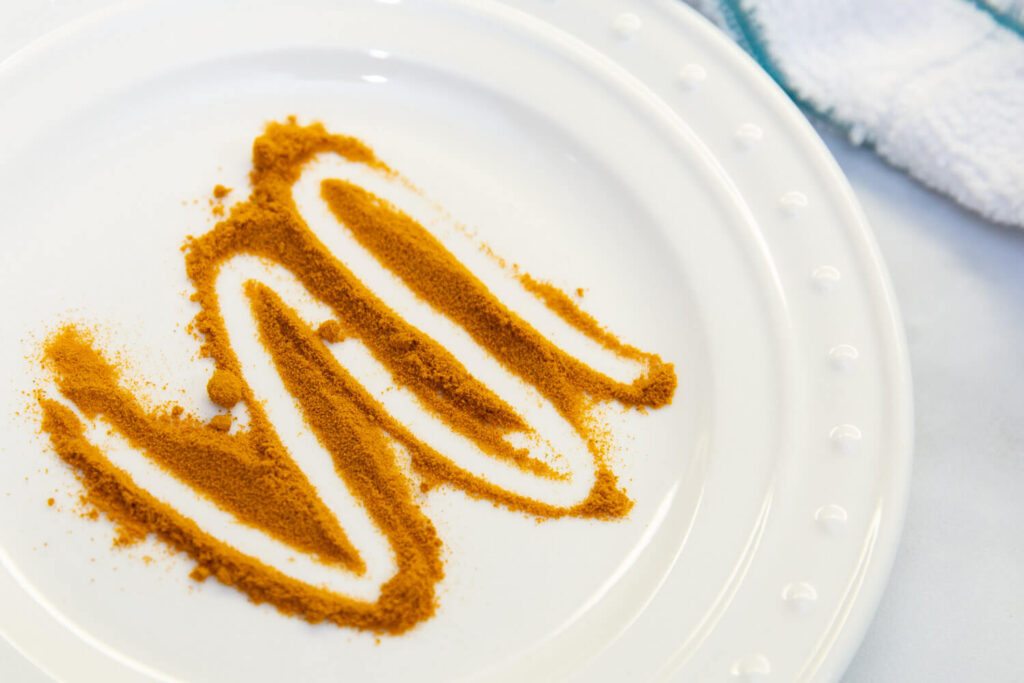
Turmeric is a yellow-orange powder that comes from drying and grinding turmeric root. It has amazing anti-inflammatory properties and has been growing in popularity in the healthy community over the last few years. It’s delicious in curry, soups and even in tea.
A quick word of caution: turmeric stains just about anything it touches. Hands, clothing and even plastic and wood kitchen utensils.
What Does Turmeric Taste Like?
It’s lightly earthy, very slightly bitter and a touch of natural sweetness.
Garlic Powder
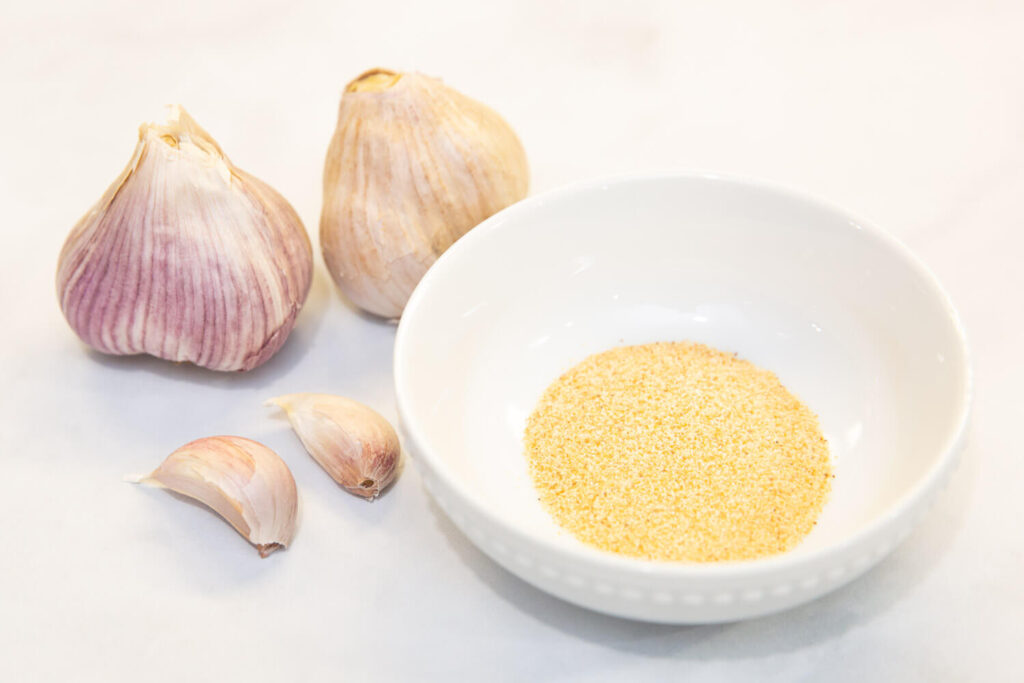
Garlic is one that I think just about everyone knows well. Popular all over the world, this seasoning is technically a vegetable. You can use fresh garlic or garlic powder that’s been dried and ground.
If you’re watching your salt intake, garlic makes an excellent alternative for boosting flavor in lots of different dishes.
What Does Garlic Taste Like?
I’m not sure how to describe garlic other than slightly sweet and very pungent. But I think most everyone on this planet already knows what it tastes like.
Paprika

Paprika is a red-orange spice that comes from a type of pepper. It’s in the family of nightshades and also related to bell peppers and chili peppers.
This is a really versatile spice that I use in lots of recipes like these Easy Baked Boneless Chicken Thighs. When you need to add a little depth to your seasoning on meat or in soups, this might just be the ticket.
What Does Paprika Taste Like?
Paprika is not at all spicy. It’s a little savory and a bit sweet. Not too bitter. It has almost a tomato-y kind of flavor.
Italian Seasoning
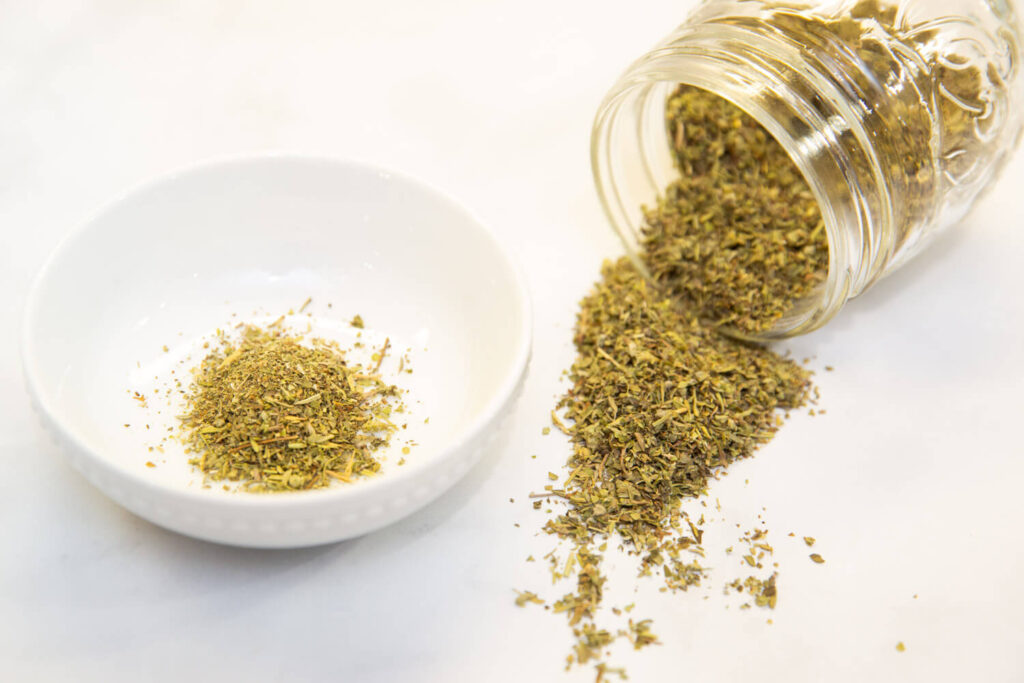
While this isn’t a single spice, it warrants mentioning because of its versatility and usefulness in the kitchen. Italian Seasoning typically contains herbs like marjoram, basil, rosemary, thyme, oregano and sage. Different brands may vary, but they’re all pretty close to the same thing.
I use Italian seasoning pretty often. If you need to whip up some quick pizza sauce, spaghetti sauce, or even pan seared chicken, this is a go-to you will want to have.
What Does Italian Seasoning Taste Like?
Well, have you ever been to an Italian restaurant where they serve bread and a little dish with olive oil and dried herbs for dipping? It tastes like that. If you haven’t experienced that, basically it tastes like the spices you’d find in spaghetti, lasagna and lots of other Italian dishes. Deliciously herbaceous and fragrant.
Black Pepper

Alright, I know this is a bit of a duh thing to include in this post. That being said, I am mainly writing this for beginners.
There’s one main thing I want to mention about pepper. You can buy ground pepper to fill a pepper shaker, but there’s something about freshly ground peppercorns that’s just hard to beat. Now, I’m not much of a pepper lover, but my husband is. He requires whole peppercorns and a grinder. I’m not joking. If you love pepper, you’ll never go back after you try it this way.
The cool thing about a pepper grinder like this one is you can decide how course or fine you want the pepper to be.
Cinnamon
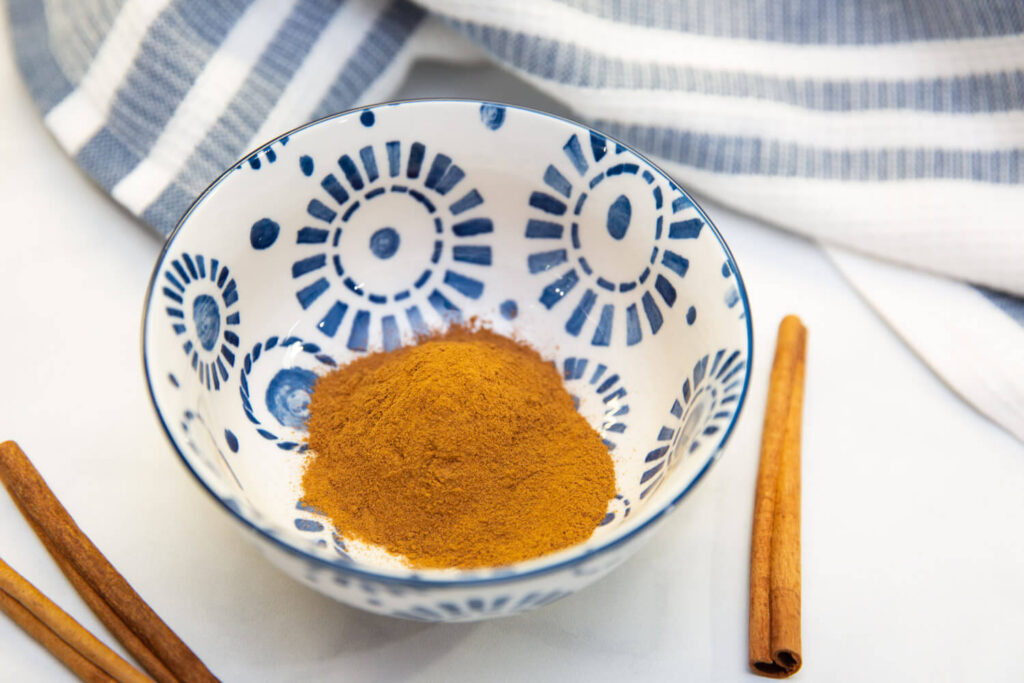
Cinnamon is one of my favorite spices. Fragrant and versatile, cinnamon is something you must keep stocked in your kitchen even if you don’t cook much.
What do I use cinnamon for? I use it for baked oatmeal, muffins and other baked goods. These Healthy French Toast Pancakes are a regular around here. I rotate cinnamon and nutmeg or sometimes a combination of the two. Cinnamon can also be used in savory dishes. It’s common in Indian and African cooking as well as Caribbean dishes like jerk chicken.
Even if you don’t cook much, you’ll still want to keep it around. Ever drink hot chocolate in the winter? Top it with some whipped cream and a dash of ground cinnamon for a really special treat.
What Does Cinnamon Taste Like?
By itself, cinnamon isn’t sweet, despite it’s association with mainly sweet dishes. It’s quite bitter on it’s own but it’s earthiness and unique fragrance are perfect in sweet and savory recipes.
Basil
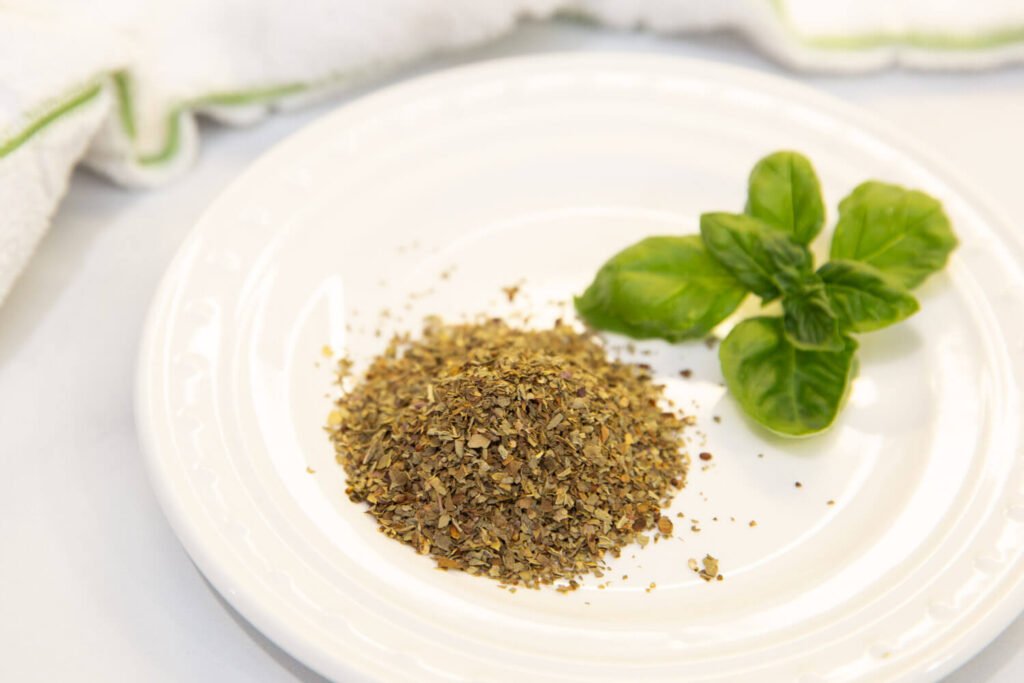
Basil is incredibly useful in the kitchen. Dried basil goes well with chicken, tomato recipes, soups, dips and lots of other things. Fresh basil is an amazing compliment to the same things, but in a different way. It’s fresh and fragrant herbaceous flavor really elevates a dish when added right at the end.
You can use it on top of pizza, tomato soup, chopped up in salads. You can even muddle a little in a cocktail. It pairs beautifully with lemon.
What Does Basil Taste Like?
Basil, like I mentioned, just smells like the epitome of fresh herbs. It’s slightly sweet, earthy and has a bit of greenness I’m not sure how to describe.
Oregano
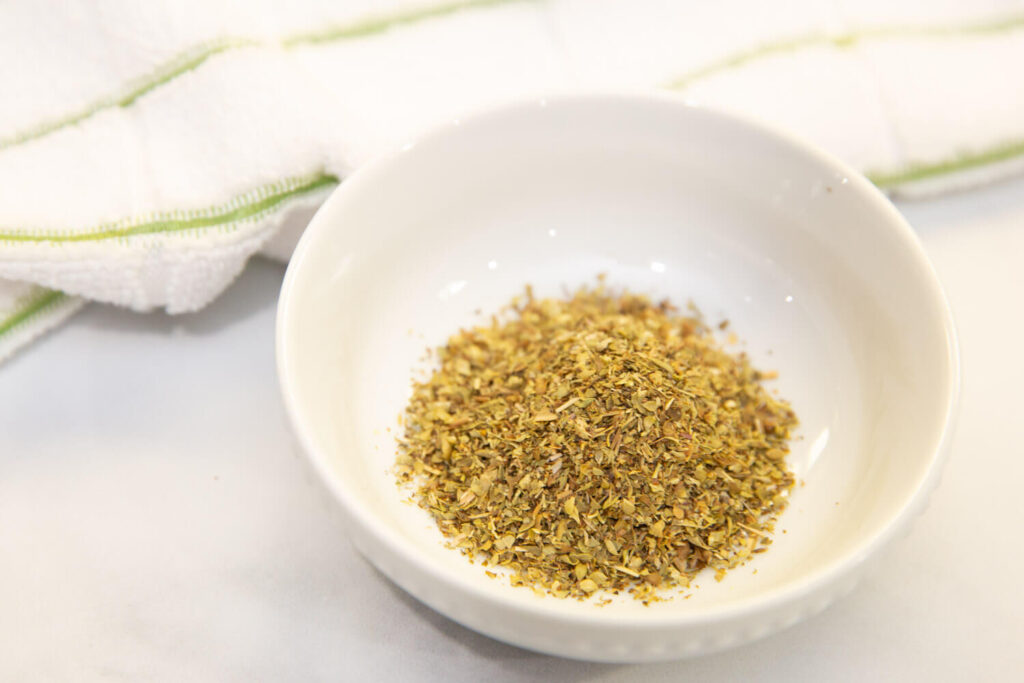
Oregano, like basil, can be used dried or fresh. I used to grow oregano in my garden and I want to offer a warning. If you decide to grow it, just know that it likes to take over and will spread like crazy.
I love to use oregano in Italian dishes like spaghetti. Oregano is often associated with Italian food but it’s used around the world. For example red beans and rice, a traditional Cajun side dish originating in Louisiana. Now, don’t fact-check me on the use of oregano. Red beans and rice is one of those things that everyone makes a little differently and everyone swears theirs is the right way. I’ve always put oregano in mine and I love it that way.
What Does Oregano Taste Like?
Oregano is earthy and herbaceous like basil, but it’s quite strong. It can quickly overpower your recipe so you want to use it cautiously. If you’re not following a recipe, start with a little and add more if you feel like it’s needed. It can taste bit medicinal if too much is used.
Salt
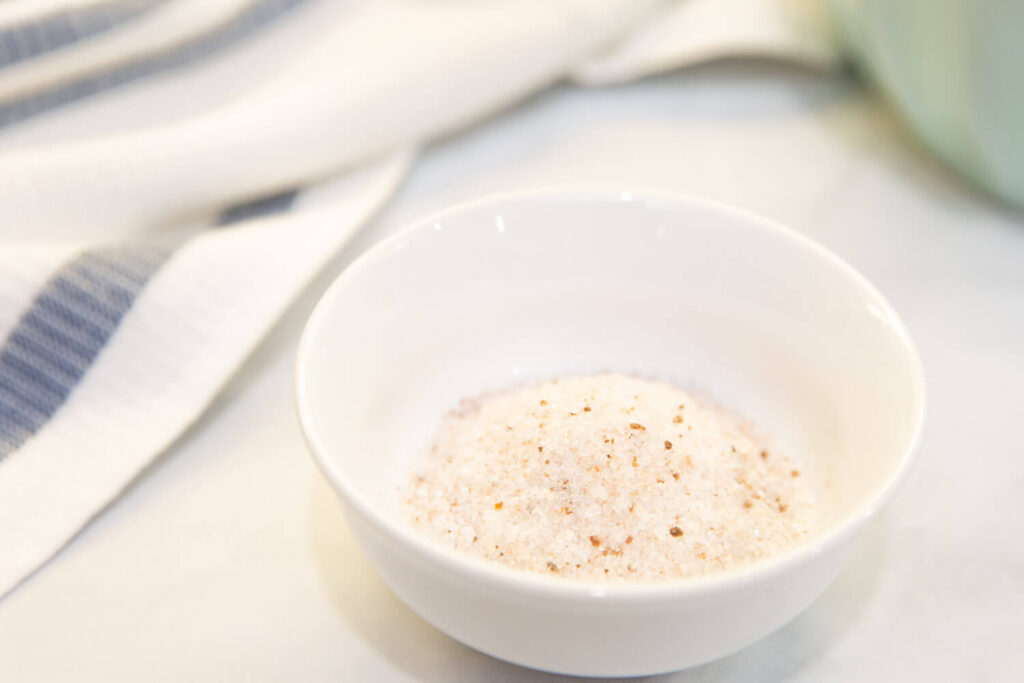
Okay, so here’s another obvious one. But there’s a couple things I want you to know about salt. Surprisingly, I have the most to say about this one.
Of course we all know that salt is used to season almost everything. It enhances flavor and it’s even used in baking breads and sweets. You may think all salt is created equal, but think again.
The salt you get in a little paper packet at a fast food restaurant is not real salt. It’s highly processed salt that has none of the trace minerals left in it. But a little more on that in a minute. First, let’s understand the differences between the most common types of salt.
Sea Salt
Sea salt is the crystals left over after the evaporation of sea water. The source of the sea water determines what elements and minerals are contained in the final product.
Himalayan Salt
Ah, the fancy pink salt we all know. Is it sea salt? Does it come from the Himalayan Mountains? It doesn’t come from the mountains and it doesn’t come from the sea the way sea salt does. However, it was once sea salt. There was once a sea in that region millions of years ago but it dried up. The massive salt deposits left behind were covered by geological shifts and are now mined from the ground. Himalayan salt gets its pink color from the minerals it contains.
American Mineral Salt
Redmond Real Salt is the brand that I know and love. Similar to Himalayan salt, Redmond Real Salt is also the product of salt deposits from a long-dried-up seabed. This one however, originates in central Utah. I buy this at my local health food store and use this salt grinder.
Table Salt
Alright, like I mentioned above, table salt is just highly processed salt. It’s super-refined so that none of the healthy elements and trace minerals are left. Not only that, but because it’s so heavily refined, it often clumps together so anti-caking agents are added. Sometimes other things are added like MSG (monosodium glutamate), flouride and bleaching agents to make it a bright white. Yuck.
What about Iodine?
Iodine is an essential mineral that our bodies need. Table salt has all the minerals removed so they add iodine back in. For diets too low in iodine, people risk negative health effects. Back in the 1920’s, salt manufacturers started adding iodine back in to prevent this.
Natural forms of salt do contain iodine, though not nearly as much as iodized table salt. If you’re concerned about consuming an adequate amount of iodine, I’d encourage you to opt for real salt and then look at ways to include natural iodine in your diet. Always talk to your doctor or provider about significant diet changes, especially if you already have any health concerns.
Was this post helpful?
Please leave me a comment down below!
This is by no means a comprehensive list of every possible spice or seasoning you might want to have in your kitchen. It’s just a list of my favorites and most-used. Do you have one you love and use a lot? Let’s start a discussion!
Need Recipe Ideas to Get Started?

Sparkling Prosecco Limeade
This Sparkling Prosecco Limeade is a refreshing and bright alternative to a mimosa. And if you’re not a champagne fan, Prosecco is the perfect pick.
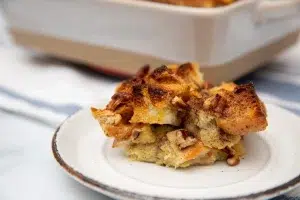
French Toast Casserole
Breakfast is served! If you love French toast but hate how tedious it can be to serve up enough for a whole family, then this recipe for French Toast Casserole is for you.
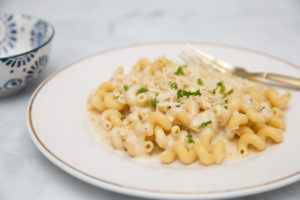
Vegan Alfredo Sauce
This vegan alfredo sauce is one of the quickest, easiest and most restaurant-worthy dishes that I make. You’ll want to make this on repeat.
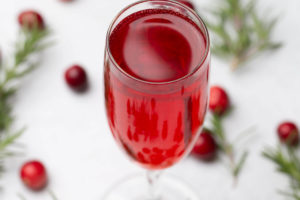
Cranberry Vodka Spritzer
This Cranberry Vodka Spritzer is the perfect cocktail for your next brunch. It’s a lightly sweet drink, not too strong and pairs well with just about any breakfast or brunch dish.
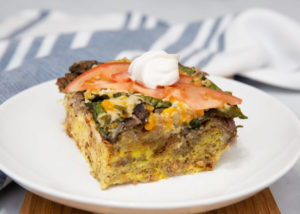
Sausage and Rye Breakfast Casserole
Here’s a recipe for a breakfast casserole that’s a bit different. Mushrooms give it an earthy flavor while the zing of the vegan cheeses really set it off nicely. This Sausage and Rye Breakfast Casserole is the perfect breakfast or brunch dish for your next get together.

Gingerbread Pancakes
Oh boy, I love pancakes. Who doesn’t love them? These gingerbread pancakes are perfectly sweet, fluffy and full of the gorgeous holiday flavor that we all love.


